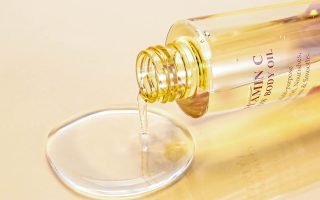There are no major contraindications that could harm the mother or the foetus when shea oil is applied to pregnant women’s skin.
In addition to giving the skin more suppleness and clarity, its use is advised to prevent stretch marks. Unless the user has a latex allergy and the tiny amount of latex it contains causes a reaction, it has no restrictions of any kind.
Shea Butter penetrates all of the skin’s layers and regenerates each one to deeply hydrate the skin from the inside out, making a difference that is apparent with regular application. Additionally, it increases blood circulation and shields skin from chafing caused by restrictive clothes, which leads to better leg health.
A significant percentage of problems, including pre-eclampsia, eclampsia, and syndromes that could endanger the lives of the mother and the newborn, like Hellp Syndrome, is avoided because it is hypotensive, hepatoprotective, and prevents thrombosis.
Can you use it while Breastfeeding? Why? How?
It is very unpleasant to breastfeed an infant in these circumstances for the first three months of their existence.
Shea oil or butter is advised in these situations because they promote wound healing and moisten the breasts, which improves and stops further damage. In other words, they condition the breasts so that the suction produced by the infant does not result in new wounds.
Since moms have frequent touch with their children, applying lotions or oils to their chests is a cause for concern. Shea oil is safe for babies, so using it won’t have any adverse effects; on the contrary, it will moisten their lips, which are prone to cracking.
It is used as butter in Africa and has the industrial potential to replace other ingredients, such as cocoa for making chocolate. As a result, nothing will happen to the infant if it eats any of the butter that is applied to the chest.
It is beneficial for babies as well because it helps to alleviate skin issues brought on by the hormonal load passed down from the mother, which causes neonatal acne. Additionally, atopic dermatitis patients may have peeling brought on by diaper rashes or textiles near the baby’s skin.
Shea Oil dangers and contraindications
In general, there are no risks associated with using it; nevertheless, if a person has a latex allergy, a small amount of the product’s Shea oil content may result in an allergic reaction.
It is advised to apply a small amount of Shea oil to a small area of the skin, wait a few minutes, and check for redness or itching before continuing.


